It all started during the summer of 2015 when I decided that it was time to part ways with MAGIC, my 1962 Alberg 35′ glass sloop. I had spent four years and countless hours restoring MAGIC to her former glory, but two years after re-launching I needed a change. While she was not a big boat by today’s standards, the amount of time and money spent just keeping the boat in the water and in good condition was exhausting. The fact that I lived in central New Hampshire and kept the boat 150 miles away in southeastern Massachusetts only made things worse.I found myself spending more and more time on a beat-up old O’Day Daysailer that had been following me around since college. My family and I romped around the local lakes and estuaries, sailing hard and often. The only money I spent on her was gas for the car and beer for the cooler. At some point that summer, I realized that I was having as much fun on the O’Day as I was on MAGIC, but with none of the stress. Sure, MAGIC was a comfortable boat that could take somebody sailing for weeks at a time, but I was mostly going out for day sails with an occasional overnighter. I could be doing the same thing on a much smaller boat.At about the same time, I heard about the Small Reach Regatta, organized by the Downeast Chapter of the Traditional Small Craft Association in Maine. It’s not a race, but a gathering of small, traditional sailing and rowing craft. I have always been drawn to the look of classic boats and when I saw the boat lineup on the Small Reach Regatta website, I knew I had to check it out.
Join The Conversation
We welcome your comments about this article. If you’d like to include a photo or a video with your comment, please email the file or link.

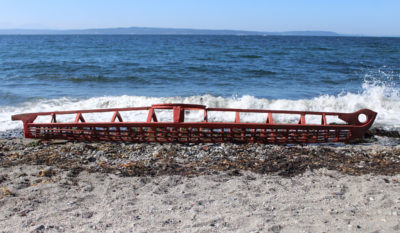
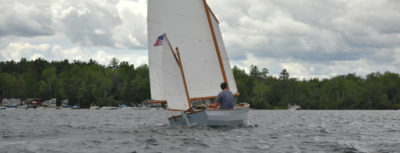

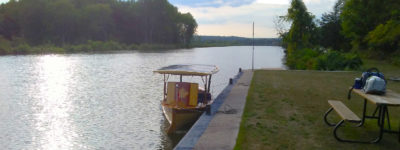
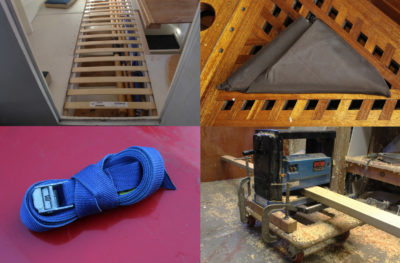

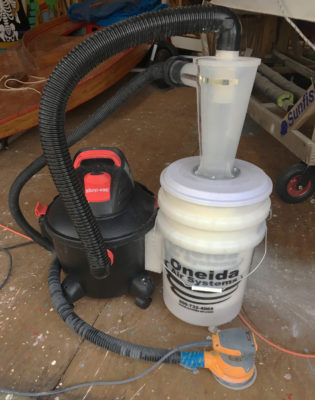
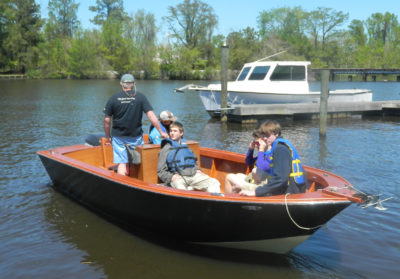
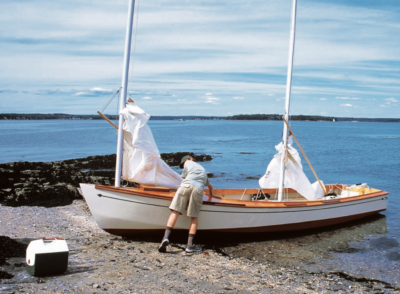

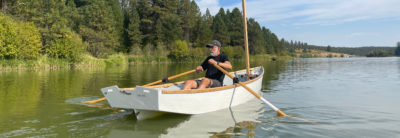
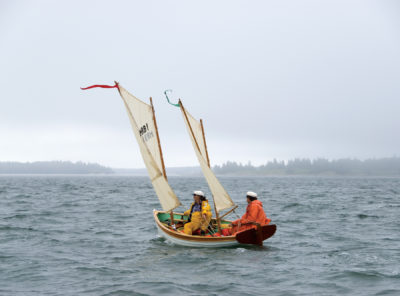
What a great design. Been looking for years for 16′ open sailboat that is clinker-glued that can be rowed, sailed, and motored. Easily big enough for two and a third person if need be. Similar to Oughtred’s Fulmar but lighter for when singlehanded. Great boat!
There was a Fulmar at the Small Reach Regatta this year and comparing the 2 boats side by side, the Fulmar is a much bigger boat. The Fulmar is 16′ 7″ x 5′ 10″ and the Apple 16 is 15′ 10″ x 5′ 3″. The 9″ difference in length and the 6″ difference in beam really makes for a lot more room than the Apple. The Fulmar was high up on my list for builds before I chose the Apple, but as I said in the article: I’m a sucker for plum bows.
That’s right Matt. The Fulmer is a much more roomy boat, but at my age and low weight I couldn’t see myself handling it by myself, so I went for Ross Lillistone’s First Mate and was pretty pleased with the choice.
Yes, this size is hard to come by, that’s why my First Mate is 16’ x 5’4” and includes a leg-‘o-mutton mizzen and a second mast step 10” forward of the original. Balanced lug as well. Look for it in the Salish 100 this summer.
There are advantages to water ballast in a boat like this, in the form of two to four 5-gallon water carriers, the collapsible kind. The main advantage is that the ballast is neutral buoyancy in case of a capsize or swamping, and is easily shifted around to where it’s needed. Of course it’s bulky compared to lead pigs or sash weights, but won’t send you to the bottom in case of bad luck (or judgment).
I’m so glad to finally see a Tom Dunderdale design profiled here. His Apple and smaller Pearl designs are gorgeous. Love the British workboat aesthetic.
Nicely done sir. Ahh yes, the plumb stem, what is it about that? I had in the back of my mind this would happen after I started my build (Argie 15), “buyers remorse”, is there a nautical term for that? I love the honest lines of the Argie, AND am holding out for her to deliver on versatility as an outboard skiff. But your talk about planing sounds next level performance. Thanks for the report.
Beautiful design, and well-written article. Thanks. Like most of us on this site, I suppose, I, too, am obsessed with traditional small sailboats. I have never considered stitch and glue very seriously, but this article sets me wondering, which is, of course, the highest accolade of all.
Matt,
I mostly sail solo, would it be advisable to have water ballast tanks if I build a Campion ? Along with reef points on the main sail, I weigh about 150 pounds.
Sincerely,
Danny
Matt,
Great looking boat and impressive approach to thinking through the design fit and modifications you adopted.
I’ve built a Swallow Boats Storm 15 Balanced Lug and will be introducing a few post build mods this year. For the moment though I’m most interested in any references you had to lug tuning including and beyond tensioning – e.g. like how much sail to have forward of the mast, at the yard and at the boom, how to find luff and foot tensions.
Any “learnings”/ refs would be greatly appreciated.
Trevor